|
We've now wrapped up another field season of our project examining how human-introduced foods may be impacting the ongoing adaptive radiation of ground finches (Geospiza sp.) in the Galapagos archipelago. Specifically, we ask how the incorporation of novel human foods into the diet of the medium ground finch, Geospiza fortis, on Santa Cruz Island may impact patterns of intraspecific variation in beak morphology. Our current project builds on previous work by our team that has shown that G. fortis on Santa Cruz consist of two distinct morphs (a small vs. large-beaked morph) that have distinct beak morphologies and diets, mate assortatively and show a certain degree of reproductive isolation. However, this divergence seems to be breaking down in one population immediately adjacent to the growing town of Puerto Ayora. We hypothesize that this may be due to the prevalence of soft, easily-accessible high-calorie human foods in town (e.g., chips, rice) that are weakening the traditionally strong selection on beak morphology in Darwin's finches. We are exploring this hypothesis by collecting a combination of morphological, genetic and behavioural data from G. fortis populations from sites experiencing varying levels of human influence on Santa Cruz.
We are extremely grateful to Earthwatch Institute and 3 teams of fantastic Earthwatch volunteers for their support of our 2015 field season!
1 Comment
|

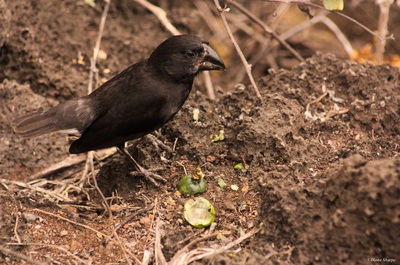


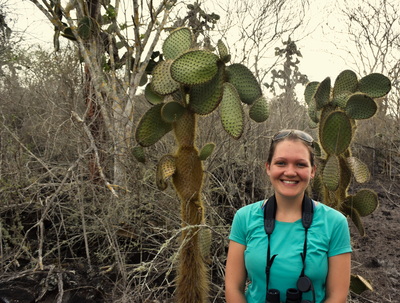


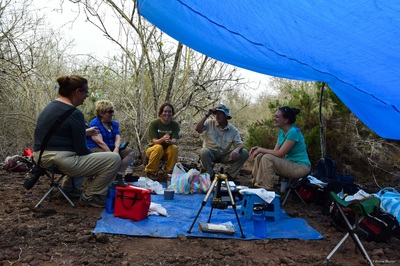




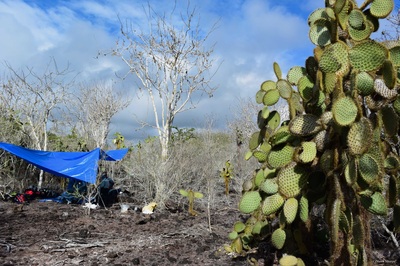



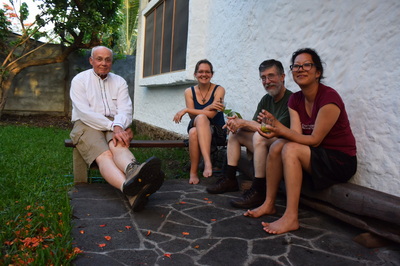
 RSS Feed
RSS Feed
